How to Greatly Improve Your Natural Light Portraits
Due to the complexities of the human face and its features, there is truly an art to ensuring that we capture our models’ visage in a way that’s flattering yet still representative of their true form.
Portraiture in photography is an art that many of us spend ample time perfecting.
Natural light helps us to achieve this by providing us with opportunities to find beautiful lighting that’s even, soft, and incredibly flattering.
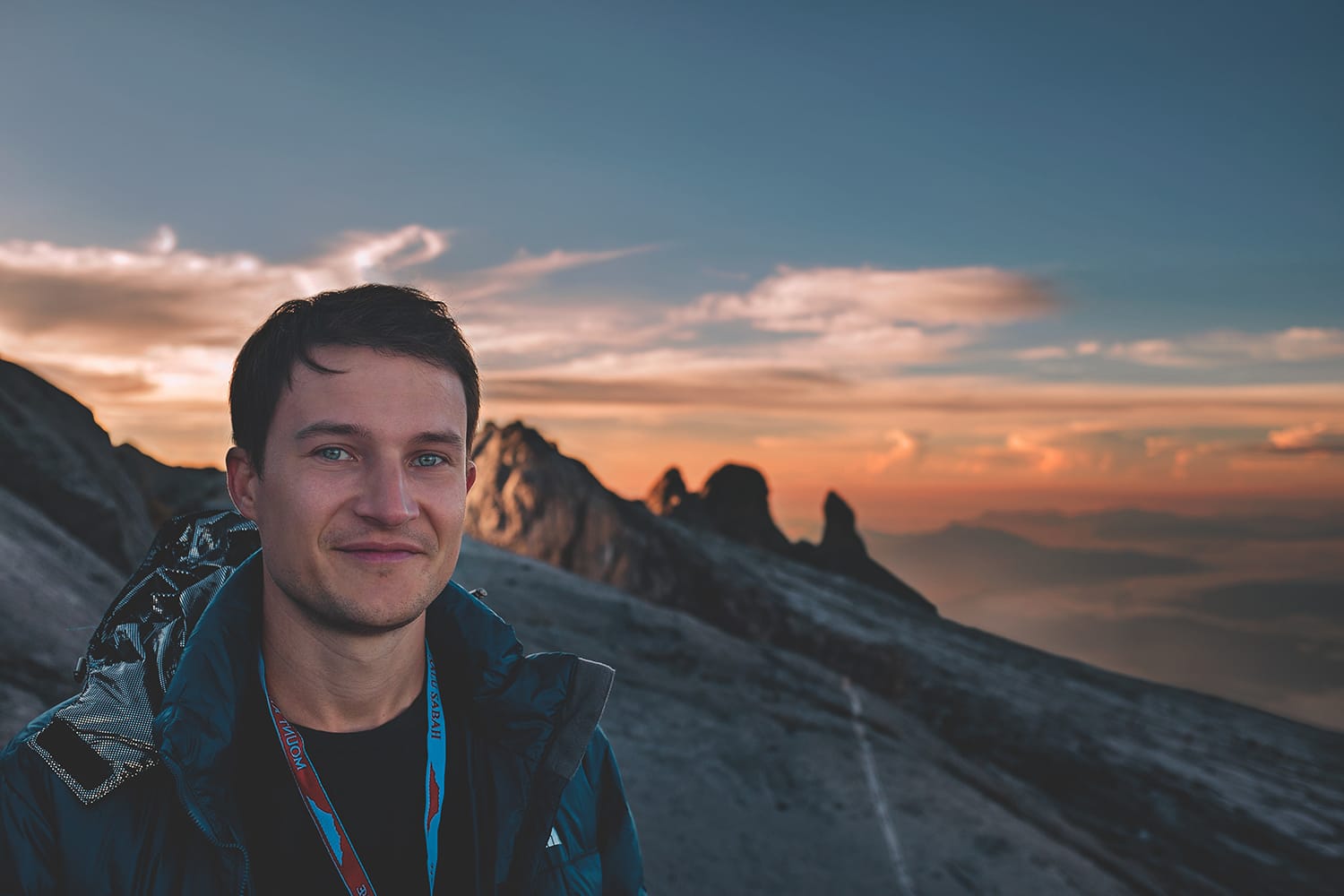
Comparing Natural Light and Artificial Light
Many portrait photographers prefer to shoot with natural light (the light we come into contact with outdoors during the daytime) because of its soft, glowing quality that complements a variety of skin tones.
Others shoot with natural light because they prefer it to the hassle frequently associated with artificial light. Studio lighting requires an intimate knowledge of lighting setups and adjustments to create the ideal quality, direction, and intensity of light.
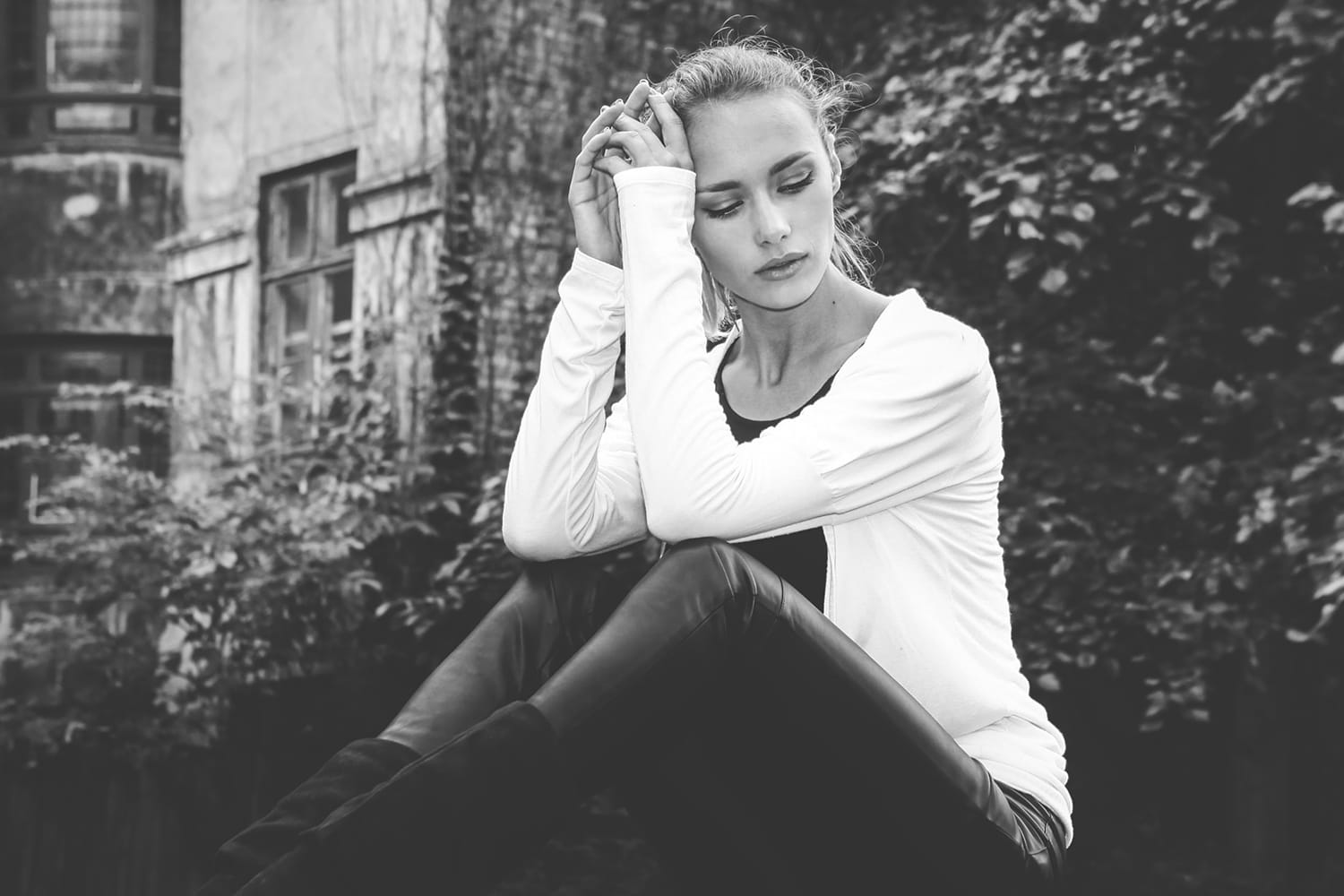
Perfecting these aspects of artificial lighting for a flattering portrait shoot can be intimidating for beginning photographers, not to mention expensive!
By learning to shoot with natural light, we can avoid the hefty price tag associated with studio lighting equipment such as light modifiers and flashes.
In this tutorial, we’ll focus on natural light and offer some tips about the best techniques you can use to elevate your natural light portraiture.

1. Avoid direct sunlight
While there’s a time and a place for everything, we generally believe that It’s best to avoid direct sunlight when shooting. Direct sunlight often crosses the line into being too harsh, making it very difficult to achieve a flattering shot.
To illustrate what we mean, consider the effects of the midday sun that lies directly overhead – harsh and bright.
You can likely imagine the shadows cast by this quality of sunlight and the problematic areas of contrast these shadows will add to your model’s face (not to mention the added tendency of your model to squint through the sun).
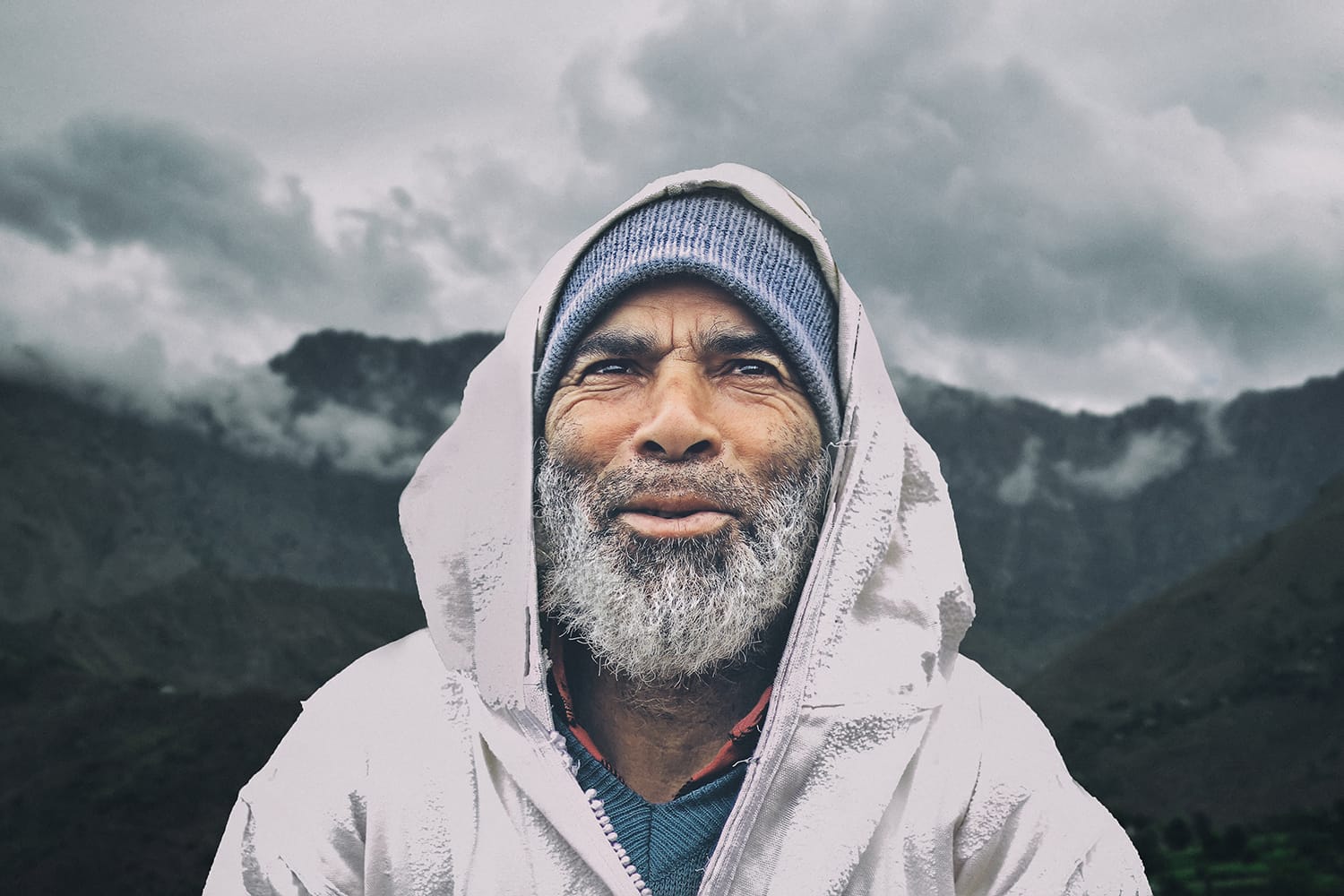
2. Don’t underestimate overcast skies
It may be tempting to think, “Oh, it’s too cloudy for there to be enough natural light for a portrait shoot,” but this train of thought is little more than an excuse to procrastinate your shoot to another time. Overcast skies often provide some of the best natural light opportunities for portraits! Everything we love about natural light—its personality and its softness—is amplified on cloudy days.
You might say that the sky is like a giant softbox, adjusting the quality of your light to perfection and creating a soft light that is naturally flattering.
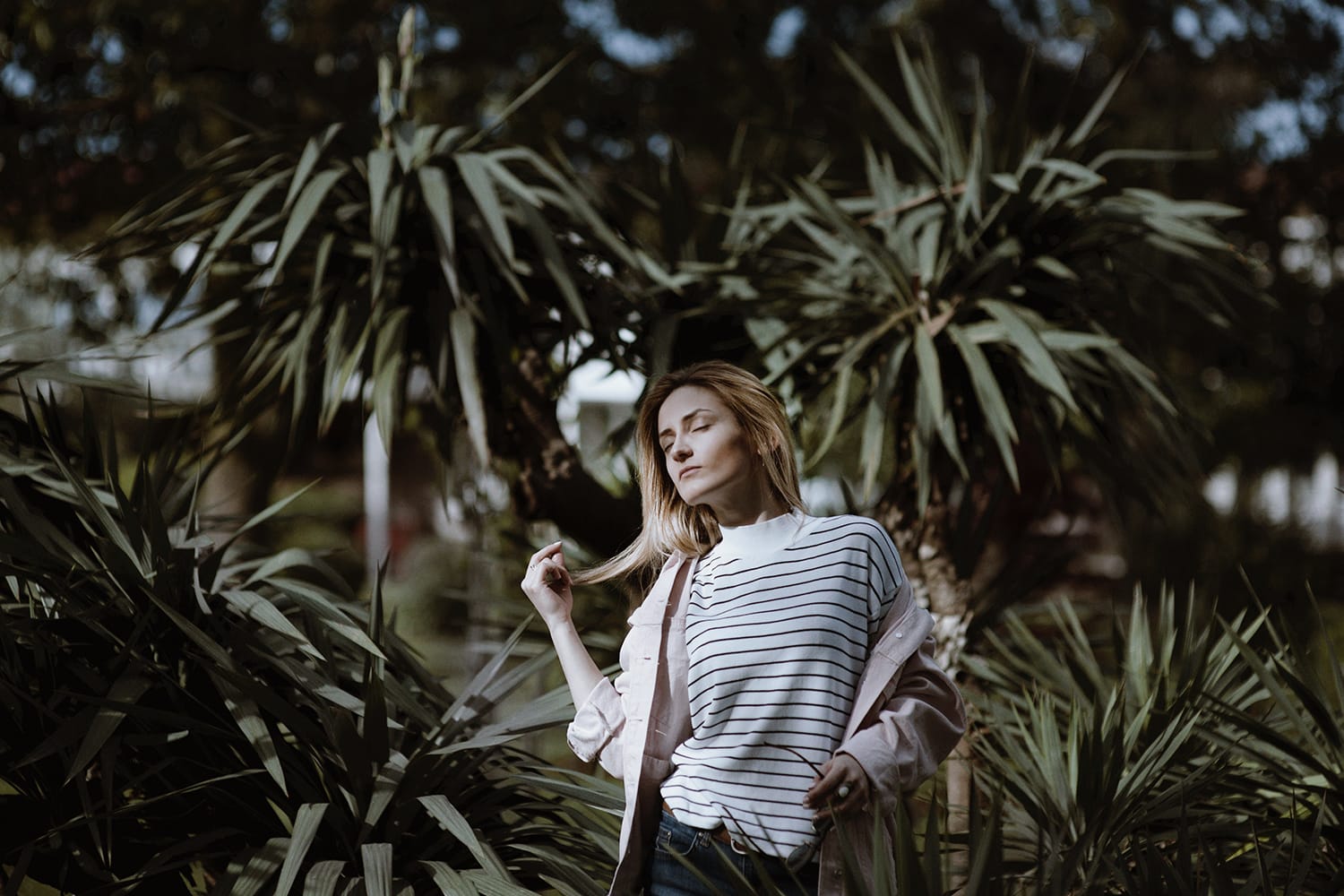
3. Maintain control with open shade
One of the biggest challenges of shooting portraits with natural light is accounting for the wild fluctuations of exposure that accompany intermittent cloud coverage. The clouds in the sky won’t stop moving for you, meaning that you’ll often have a considerable variation in light quality and color cast from one frame to the next.
If you’re hoping for more consistency, find an area of open shade and direct your model to pose within it. For example, this open shade could be created by the large shadows cast from a tall building or trees. It will allow you all the advantages of natural light with less direct influence from whimsically moving clouds.
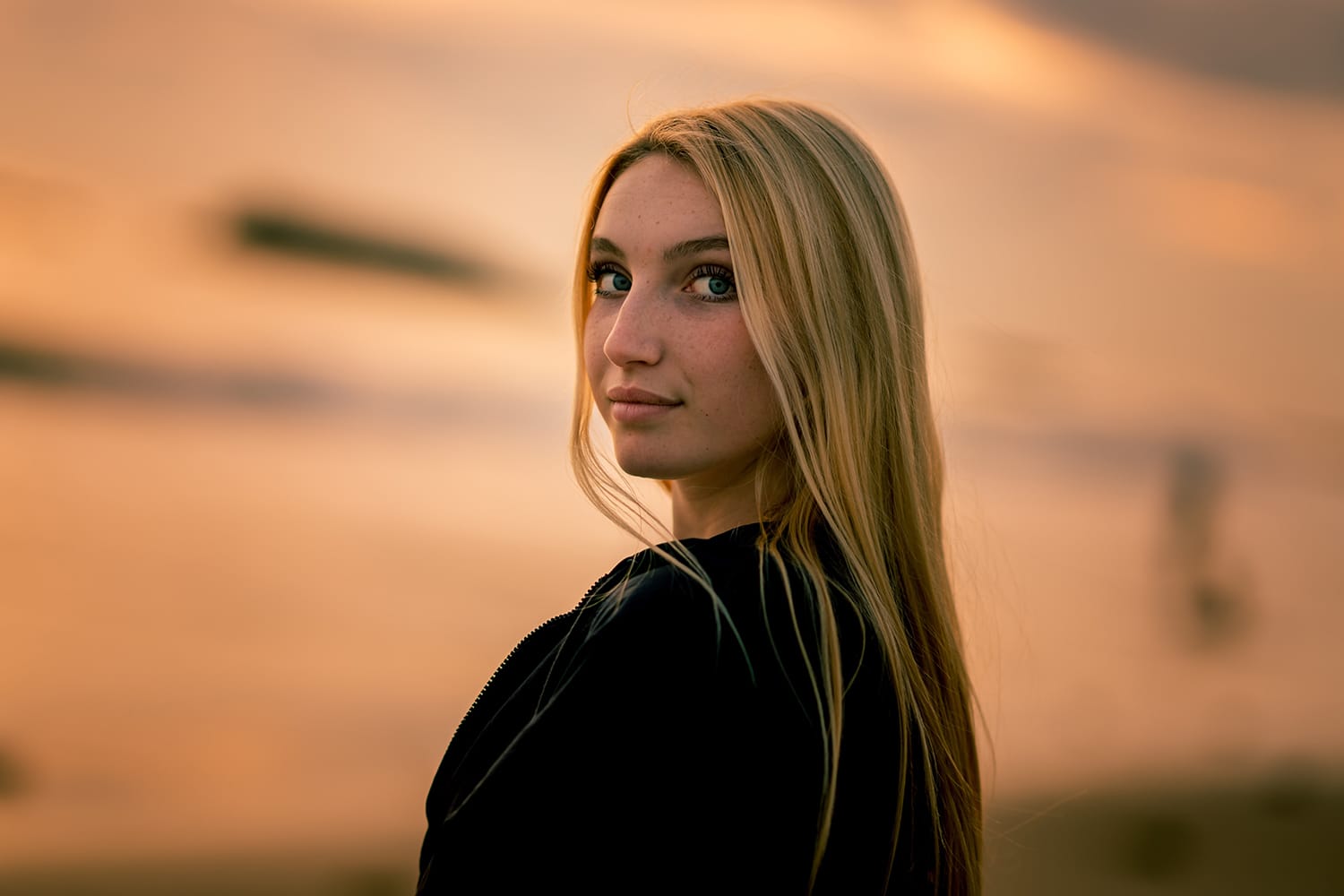
4. Take advantage of natural phenomena
Shooting with the natural light of a sunrise or sunset can make for some excellent portrait opportunities. The warm quality of this light with its orange and pink hues can automatically impart a dramatic flair to your photographs that is impossible (or at least very difficult) to recreate in a studio with artificial light.
Use timing to your advantage and try shooting just before or after sunset if you’re looking for your portraits to have a particularly atmospheric quality.
Planning a photoshoot at sunrise can be a good idea, too, but the rapid rise of the sun provides only a short amount of time to work with. Some photographers point out that the light of a sunrise can become “stiff,” too, so shoot with caution if you’re hoping to keep your lighting soft.
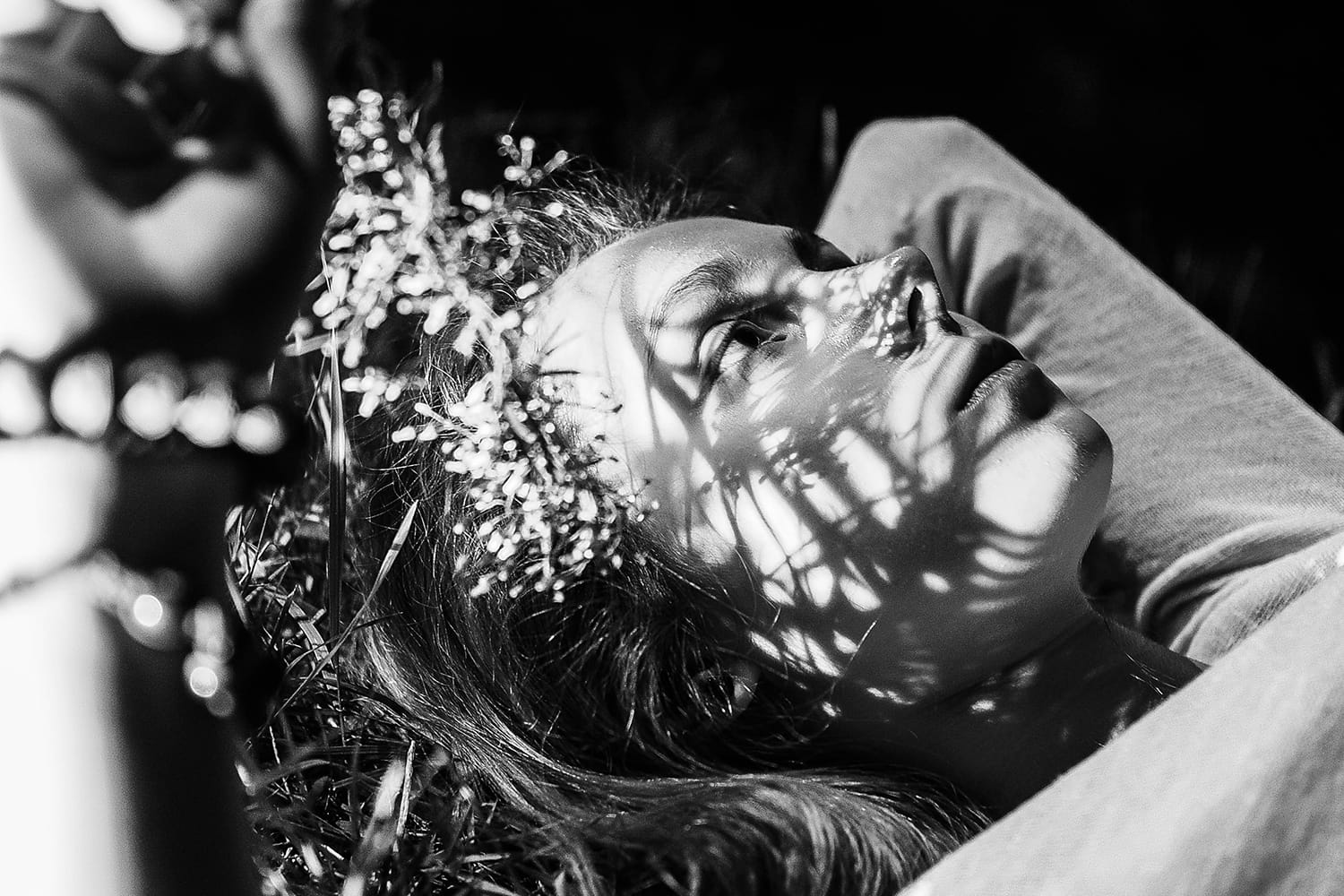
5. Don’t discount shadows
Although we spend much of our time as portrait photographers fighting the harshness of unflattering shadows that hide our models’ faces, we want to caution you against avoiding shadows entirely. Sometimes, a touch of experimentation with shadows can add huge personality to your portraits and truly set them apart from the masses.
While the softness of natural light is often considered so desirable due to its lack of hard shadows, you can still take advantage of unique shadows created by natural light that we call “dappled light.” Shoot in a spot where some light filters through the leaves of a tree, for instance, so that you can create a unique atmosphere and let your creativity run wild.
As you learn the ins and outs of natural light, don’t forget technique! Actively seek out those places with even lighting, be aware of your exposure, and use the extra time afforded to you by a lack of studio setup to perfect your composition.
Natural light may have its own set of challenges, but you’ll be golden by following these simple tips.
The Natural Portrait ebook is written for everybody who wants to learn how to create beautiful portraits in natural light. Make sure you download it today to learn all the ins and outs of shooting gorgeous portraits using natural lighting.
